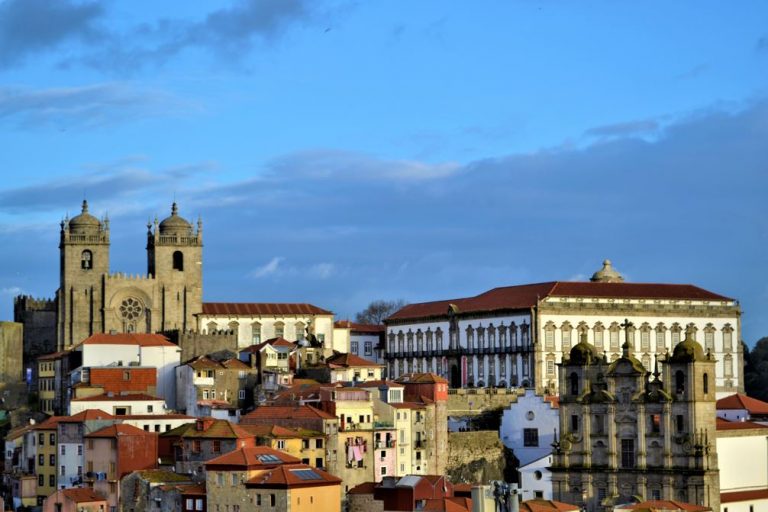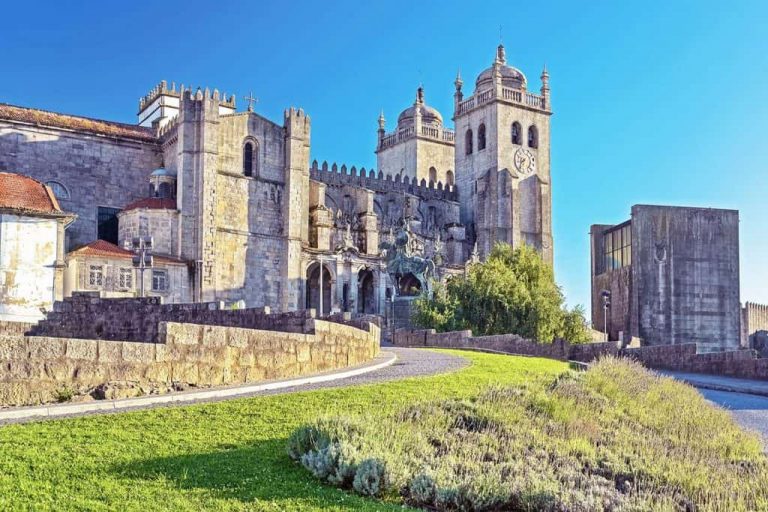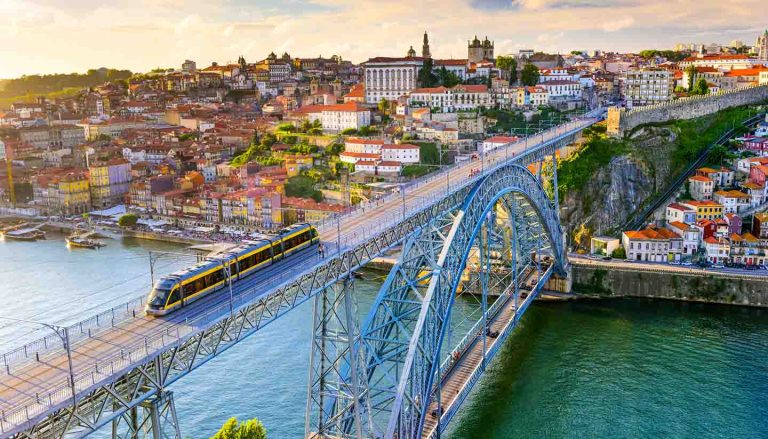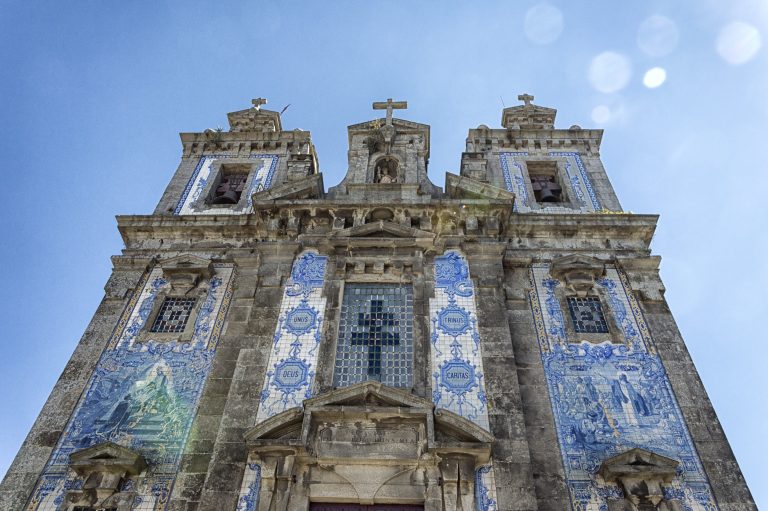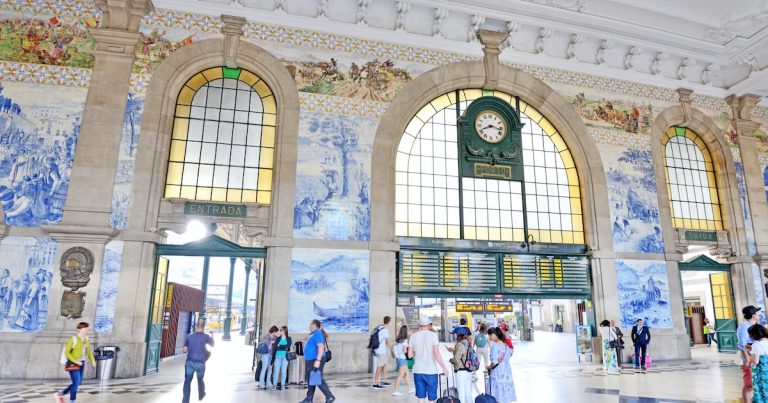Discovering Ribeira, the pulsating heart of Porto
Ribeira is the most characteristic neighborhood of Porto, declared a UNESCO World Heritage Site in 1996 for its unique features. It consists of narrow streets that climb up the hill, steeply overlooking the Douro River, which flows into the Atlantic Ocean a little further ahead.
Due to its hillside location, Ribeira is characterized by continuous ups and downs, so make sure to wear comfortable shoes and prepare for some walking! The atmosphere of this beloved neighborhood is special, as it manages to transport anyone who visits back in time by a few centuries, thanks to its cobblestone pavement, narrow streets weaving like a maze, and magnificent pastel-colored historic buildings.
Porto
Ribeira is easily accessible from other parts of Porto or Gaia thanks to the metro system that perfectly connects the entire city. The district is home to Porto Cathedral, also known as Sé do Porto, the most important church in the city. Dating back to the 12th century, a period when Christians reconquered the Iberian Peninsula from the Moors, the church was initially built in a typically Romanesque style, with two enormous towers that still make it resemble more of a defensive fortress than a church. However, its interiors underwent significant Baroque-style renovation by the Italian Nicola Nasoni, who lived in Porto in the 18th century. The most characteristic part of the church for me is the cloister, covered with azulejos depicting scenes from the life of the Virgin Mary.
Just a few steps from the cathedral is the most famous bridge in Porto. The city boasts six bridges spanning the Douro, and this particular bridge has two levels and is only 385 meters long. Dom Luis I Bridge is not only essential for connecting Porto to Gaia but also offers panoramic views, so it’s worth visiting and perhaps crossing it from the upper pedestrian level.
Cathedral
porto-une-ville-a-la-beaute-baroque
Nearby, you can also visit Porto’s most important monument, Palacio da Bolsa, a neoclassical building dating back to the 19th century, as well as the Museu da Misericordia do Porto with its avant-garde yet historically tied architecture, evident from its use of cutting-edge techniques at the time and embellishment with numerous azulejos. A visit to Igreja de São Francisco is also a must, a Gothic church built in the 14th century during the reign of D. Ferdinand, replacing a modest temple belonging to the Franciscan order, which had settled in Porto in 1223.
santo idelfonso
Sao Bento
Finally, if you find yourself in this splendid neighborhood rich in history, don’t miss a visit to São Bento Station, one of the most decorative stations in Europe, adorned with richly colored hand-painted ceramic tiles in white and blue. And a peculiar curiosity about Ribeira is that Henry the Navigator, the king who completely revolutionized Portugal and transformed it into a naval superpower, was born right in this neighborhood.
Certainly, a destination not to be missed, but above all, to be carefully explored to soak up its culture!

